SPENCER
This week I’ve been working towards an ItemV2 deathmatch build so we can iterate over the updated gunplay changes. And reparing systems broken in the mass content migration to the SDK. I’ve also been working on designing how our item progression will work in the upcoming months.
EXPERIMENTAL WEAPON CHANGES
Something we’ve been toying with the idea of for a while, is splitting our gear into 2 streams so we can better isolate PVP and PVE balance. We want PVE progression to have uncapped depth while putting a low damage ceiling on PVP weapons / armor. This is so we don’t end up feeling like an MMO where a player with far better gear/level has no danger of being killed by a lesser geared player. We have already setup our gear in this way currently by making most projectile weapons ineffective against creatures, and removing any PVP protection for any gear.
This works to a point, but is a bit confusing when it comes to the strength of an item. Why does my assault rifle feel like a pea shooter against a yeti, yet a bow and arrow does heaps of damage?
What we are going to try in the upcoming patch, is having 2 different types of gear, easily distinguishable from each other, where one has no effect on PVP and one has no effect on PVE. If you shoot a bor with a PVP weapon, it will do nothing. We are going to explain this with the age old video game trope of “just because”.
The current working idea is the PVE weapons / gear with be made up of salvaged technology, that looks a little more scifi, while PVP gear will be more realistic existing weapons.
Our next step with the PVE weapons, is to try a massively deep stat progression on what can be crafted as you move through the world. Think Diablo style, you start doing 5-10 damage and end up doing 1 million+ damage.
On the gear side, we will have separate item slots for PVP and PVE gear, focusing on keeping your external appearance fairly tied to your PVP gear so potential victims can get a good idea of who is coming to kill them.
This will let us easily gate areas with gear checks, making creating new deep content not a balancing nightmare for us. For those not familiar with game mechanic speak, a gear check is where an encounter in a video game is designed to be unbeatable without powerful enough gear. An example of this is enrage timers in WoW, where if your DPS isn’t high enough to kill a raid boss in under X seconds, their damage increases massively making it impossible to win.
That said, there is no place for grind based gear checks in a game like Hurtworld. I will initially be using the gear checks as a geographical restriction like we do currently. Without a winter jacket or a movable campfire, heading to the snow is very hard (atleast the first time you try it).
There will still be scenarios where you need sufficient damage to survive a creature encounter, but I will try to ensure that there is still a 50%/50% split between gear and skill on something needed to progress.
This might all suck, but once we are out of ItemV2 hell, we will be iterating much faster.
Mils has some concepts for the PVE weapons below.
MILS
These 3 new weapon designs are for a new category of weapons. To fit with the idea of procedural generated weapon components, I’ve been trying to design these weapons with modularity in mind. As you can see in the first image, the design is broken up into separate areas that do not overlap. This will be our guide to achieving vastly different visual combinations that all fit together for each weapon chassis. This is very similar to the way that the body kits fit onto the vehicles.
Each component will have randomly generated statistical benefits. Our goal here is to make the weapons more interesting and to avoid what we like to call ‘Ronald McDonald Syndrome’ or RMS. By RMS I refer to the way all players nearing end game all end up wearing the same red winter jacket and yellow Chem-suit pants and generally looking like they would like to sell you bulk amounts of burgers a.s.a.p.
This was caused by one set, coloured item, being the most beneficial item above all others for it’s category (ie Red Winter Jacket). To avoid this we will be mixing random stats with paintable, customisable components.
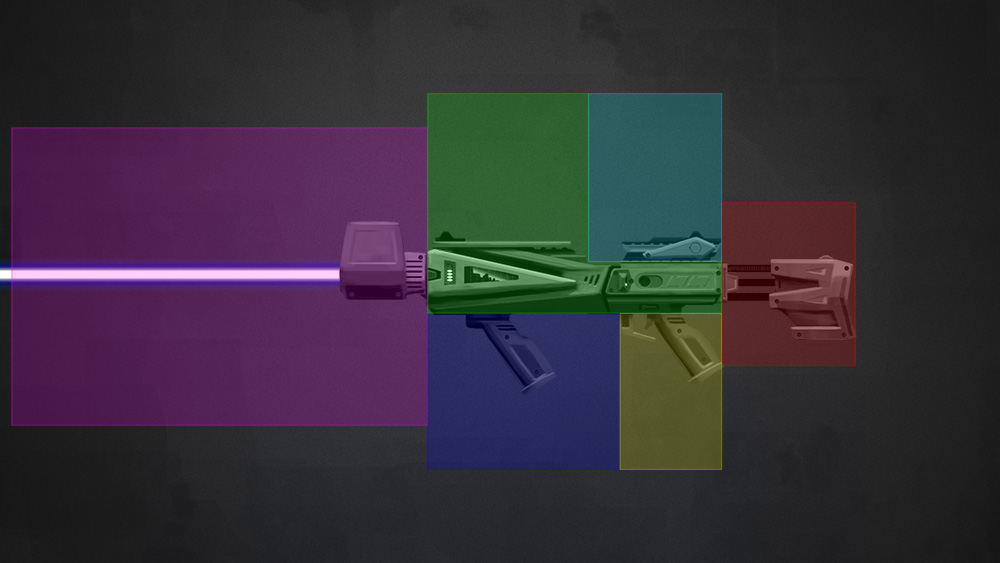
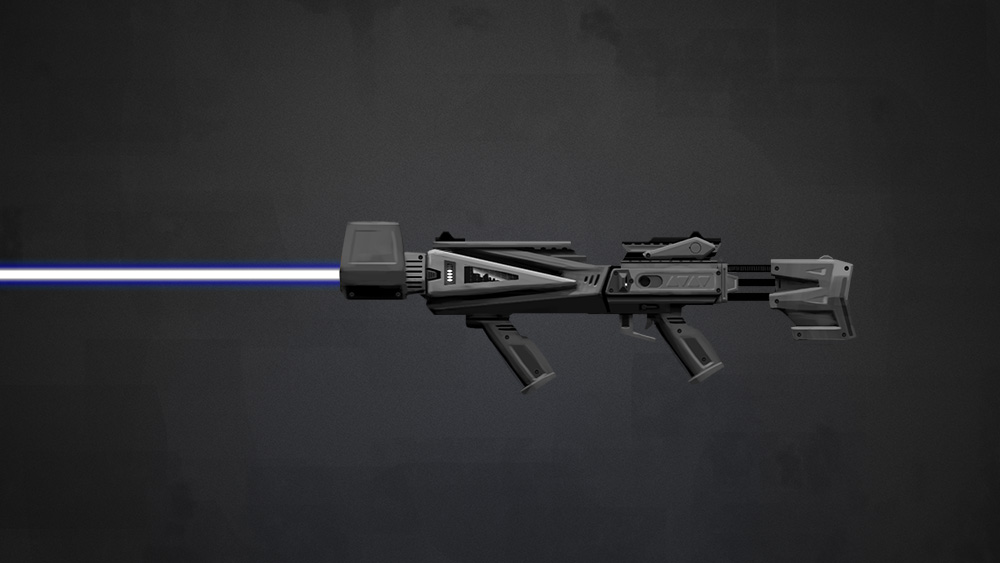
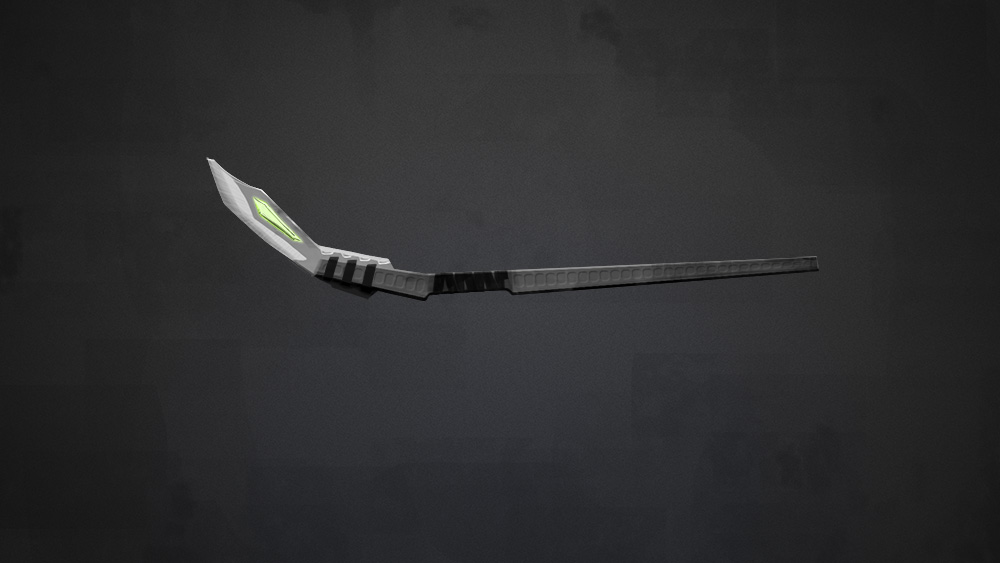
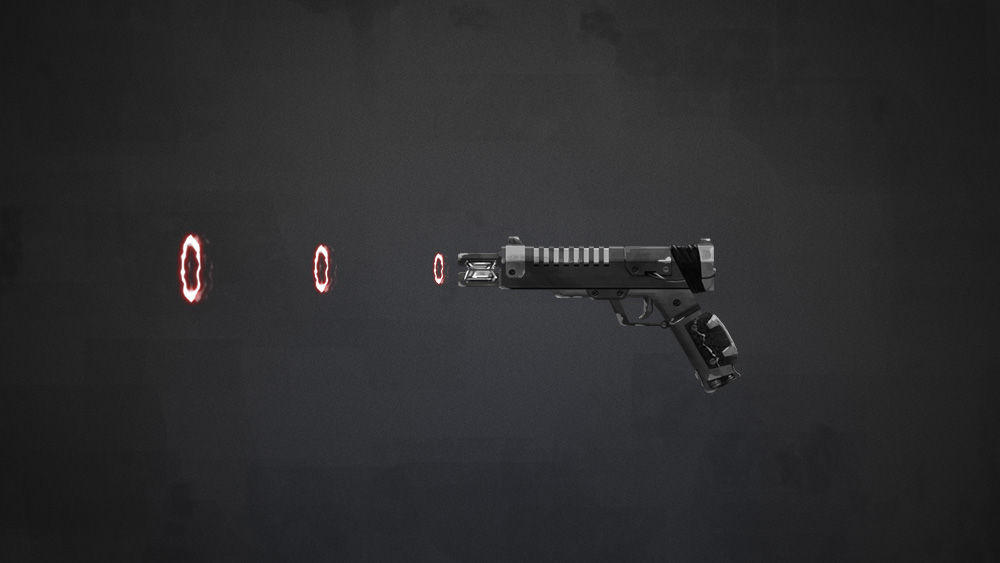
GAVKU
So I wrapped up the textures/material for the Bomber Jacket, as well as test skinning it and tweaking it to make sure it sat well over some of the other gear.

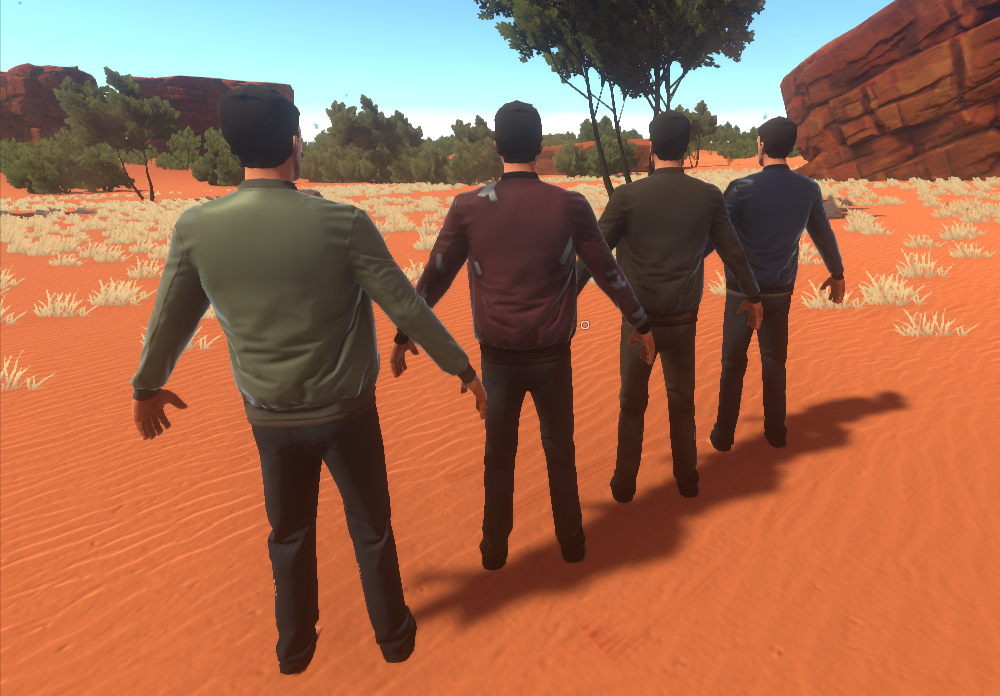
Next up for me is a Combat style jacket. Something that has a bit more going on than some of the previous gear, with pouches, strapps, buckles etc to help break it up and differentiate it from the other jacketets. I built the base of the jacket in Marvelous Designer and marked on it where I wanted attachments to sit.
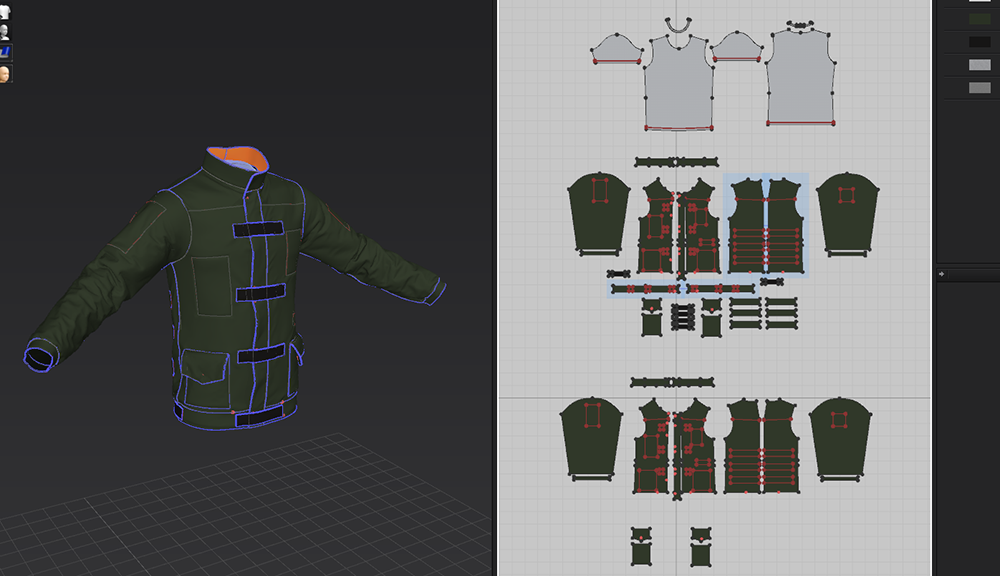
I then built pouches and clips in max and have been combining them all in Mudbox to get the sculpt for the high poly.
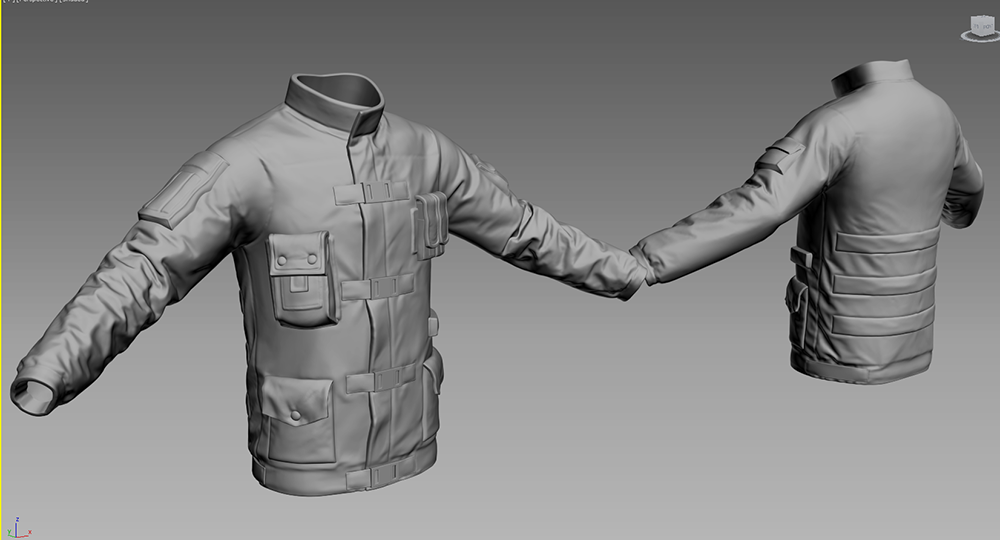
COW_TRIX
This week I finished up with entity stats for now, and got back into the map. The last thing that needed to be done on stats was binary effects, which are still a little strange in where the responsibilities for doing stuff are, but should be working fine now, and be moddable.
With map stuff, now that the MapMagic tools and extensions have matured, I’ve been looking back at city stuff and getting all that integrated.
The CBD of the city is pretty much done, which you’ve all seen loads of screenshots of. However, it still needs to be integrated into a surrounding map, which means linking up the designed grid roads that Mils put together with my road tool. This lead into some improvements to the road tool which have been a long time coming.
The first improvement was with intersections, which are much more intuitive to place and move. You can see an example below. A future improvement which I’d like to put in sometime is intersections knowing how to look when only some of the nodes are linked up – so if only two intersections are hooked up, the curb will change to reflect that. Intersections also have to change the terrain height below them, which is still a work in progress.

Another significant improvement is mesh tiling along a road. Previously a mesh would just be stretched out along a spline, which didn’t really work when the the nodes weren’t a uniform distance. Now a mesh will be tiled, which also solves for the most part the UVs. Also, the road terrain integration can now handle roads banking, whereas before it required that they be flat. I basically just had to add the tangent to the height that was already calculated.

Finally, I added support for scattering objects to the side of roads. This includes things like streetlights, bus stops, post boxes, and more. This week will be more map stuff, and working towards a playable build.
This week I’ve been working towards an ItemV2 deathmatch build so we can iterate over the updated gunplay changes. And reparing systems broken in the mass content migration to the SDK. I’ve also been working on designing how our item progression will work in the upcoming months.
EXPERIMENTAL WEAPON CHANGES
Something we’ve been toying with the idea of for a while, is splitting our gear into 2 streams so we can better isolate PVP and PVE balance. We want PVE progression to have uncapped depth while putting a low damage ceiling on PVP weapons / armor. This is so we don’t end up feeling like an MMO where a player with far better gear/level has no danger of being killed by a lesser geared player. We have already setup our gear in this way currently by making most projectile weapons ineffective against creatures, and removing any PVP protection for any gear.
This works to a point, but is a bit confusing when it comes to the strength of an item. Why does my assault rifle feel like a pea shooter against a yeti, yet a bow and arrow does heaps of damage?
What we are going to try in the upcoming patch, is having 2 different types of gear, easily distinguishable from each other, where one has no effect on PVP and one has no effect on PVE. If you shoot a bor with a PVP weapon, it will do nothing. We are going to explain this with the age old video game trope of “just because”.
The current working idea is the PVE weapons / gear with be made up of salvaged technology, that looks a little more scifi, while PVP gear will be more realistic existing weapons.
Our next step with the PVE weapons, is to try a massively deep stat progression on what can be crafted as you move through the world. Think Diablo style, you start doing 5-10 damage and end up doing 1 million+ damage.
On the gear side, we will have separate item slots for PVP and PVE gear, focusing on keeping your external appearance fairly tied to your PVP gear so potential victims can get a good idea of who is coming to kill them.
This will let us easily gate areas with gear checks, making creating new deep content not a balancing nightmare for us. For those not familiar with game mechanic speak, a gear check is where an encounter in a video game is designed to be unbeatable without powerful enough gear. An example of this is enrage timers in WoW, where if your DPS isn’t high enough to kill a raid boss in under X seconds, their damage increases massively making it impossible to win.
That said, there is no place for grind based gear checks in a game like Hurtworld. I will initially be using the gear checks as a geographical restriction like we do currently. Without a winter jacket or a movable campfire, heading to the snow is very hard (atleast the first time you try it).
There will still be scenarios where you need sufficient damage to survive a creature encounter, but I will try to ensure that there is still a 50%/50% split between gear and skill on something needed to progress.
This might all suck, but once we are out of ItemV2 hell, we will be iterating much faster.
Mils has some concepts for the PVE weapons below.
MILS
These 3 new weapon designs are for a new category of weapons. To fit with the idea of procedural generated weapon components, I’ve been trying to design these weapons with modularity in mind. As you can see in the first image, the design is broken up into separate areas that do not overlap. This will be our guide to achieving vastly different visual combinations that all fit together for each weapon chassis. This is very similar to the way that the body kits fit onto the vehicles.
Each component will have randomly generated statistical benefits. Our goal here is to make the weapons more interesting and to avoid what we like to call ‘Ronald McDonald Syndrome’ or RMS. By RMS I refer to the way all players nearing end game all end up wearing the same red winter jacket and yellow Chem-suit pants and generally looking like they would like to sell you bulk amounts of burgers a.s.a.p.
This was caused by one set, coloured item, being the most beneficial item above all others for it’s category (ie Red Winter Jacket). To avoid this we will be mixing random stats with paintable, customisable components.




GAVKU
So I wrapped up the textures/material for the Bomber Jacket, as well as test skinning it and tweaking it to make sure it sat well over some of the other gear.


Next up for me is a Combat style jacket. Something that has a bit more going on than some of the previous gear, with pouches, strapps, buckles etc to help break it up and differentiate it from the other jacketets. I built the base of the jacket in Marvelous Designer and marked on it where I wanted attachments to sit.

I then built pouches and clips in max and have been combining them all in Mudbox to get the sculpt for the high poly.

COW_TRIX
This week I finished up with entity stats for now, and got back into the map. The last thing that needed to be done on stats was binary effects, which are still a little strange in where the responsibilities for doing stuff are, but should be working fine now, and be moddable.
With map stuff, now that the MapMagic tools and extensions have matured, I’ve been looking back at city stuff and getting all that integrated.
The CBD of the city is pretty much done, which you’ve all seen loads of screenshots of. However, it still needs to be integrated into a surrounding map, which means linking up the designed grid roads that Mils put together with my road tool. This lead into some improvements to the road tool which have been a long time coming.
The first improvement was with intersections, which are much more intuitive to place and move. You can see an example below. A future improvement which I’d like to put in sometime is intersections knowing how to look when only some of the nodes are linked up – so if only two intersections are hooked up, the curb will change to reflect that. Intersections also have to change the terrain height below them, which is still a work in progress.

Another significant improvement is mesh tiling along a road. Previously a mesh would just be stretched out along a spline, which didn’t really work when the the nodes weren’t a uniform distance. Now a mesh will be tiled, which also solves for the most part the UVs. Also, the road terrain integration can now handle roads banking, whereas before it required that they be flat. I basically just had to add the tangent to the height that was already calculated.

Finally, I added support for scattering objects to the side of roads. This includes things like streetlights, bus stops, post boxes, and more. This week will be more map stuff, and working towards a playable build.
